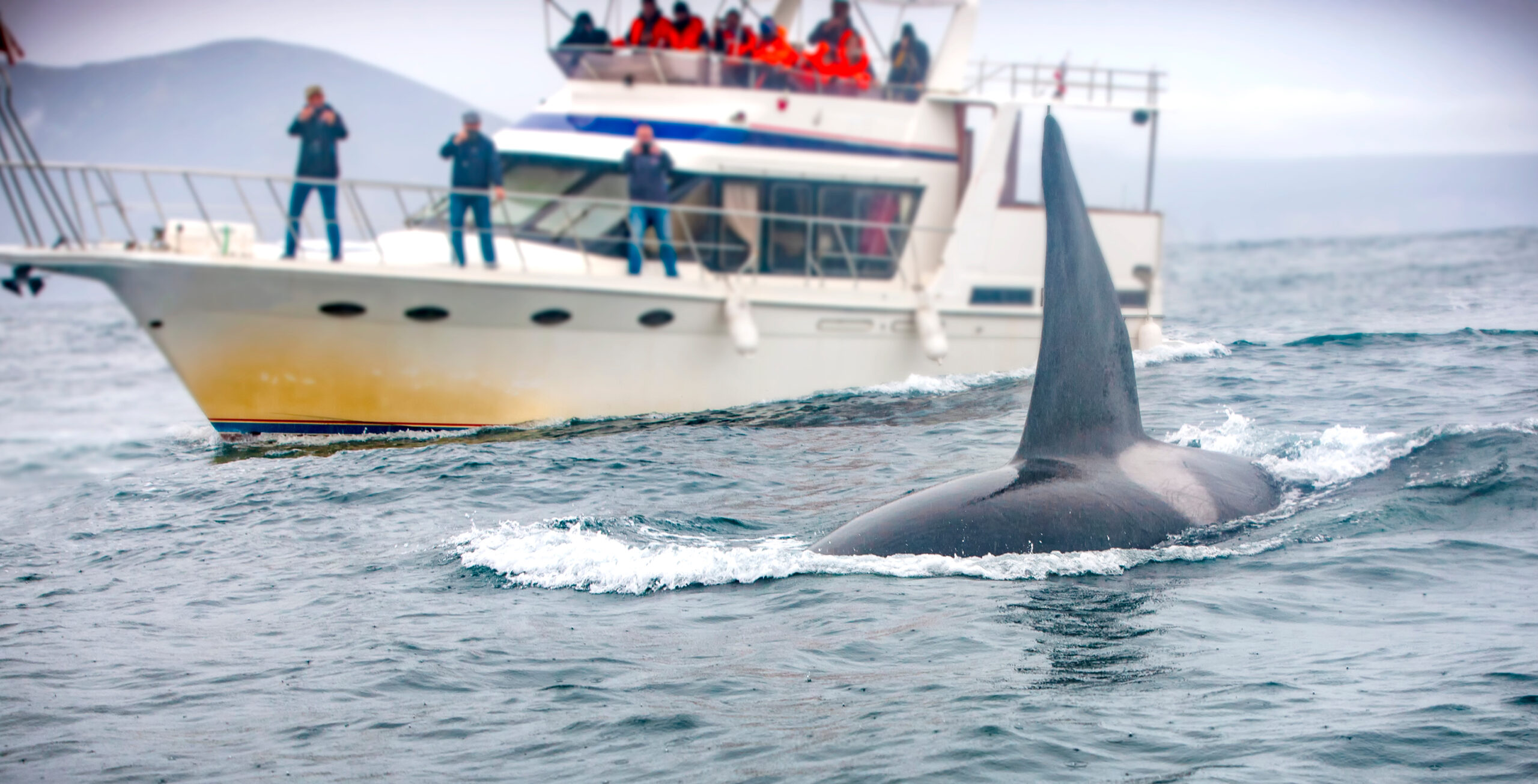A tiny pod of orcas in the Strait of Gibraltar started tripping big alarms in 2020 when the animals started damaging and sinking boats — a lot of them. Until now, 673 sailboats and fishing boats have sustained damage from orcas in southwest European waters over the past four years, according to a new report. Seven of those sank in incidents that involved ramming and bumping, especially focused on the boats’ rudders.
Humans have largely reacted via 1) fascination and 2) trying to figure out what’s going on. Fabulous theories have circulated, such as some that claimed the encounters were trauma responses.
Orcas are famously intelligent. They selectively eat great white shark livers for vaguely understood reasons, communicate in dialects, and even used humans as a companion hunting species in Australia (in a centuries-long symbiosis called the “Law of the Tongue”).
But, a new theory argues, the young orcas responsible for harassing boats in today’s Mediterranean waters display a relatable shortfall: They play too rough.
Breaking their toys
Recent footage from the Spanish group Conservation, Information, and Research on Cetaceans (CIRCE) shows the whales approaching and nosing at boat rudders while others watch from a short distance.
The behavior goes beyond “simple curiosity,” CIRCE argues. It more closely resembles a game — “a playful and challenging exploration” or “a “search for environmental enrichment.”
When they damage or sink a boat, it could just be the natural cost of their exuberance. Most of the orcas hounding the boats are young or adolescent males, according to the report. They belong to the critically endangered Iberian population, estimated at fewer than 40 individuals.
“There’s nothing in the behavior of the animals that suggests that they’re being aggressive,” study co-author Alex Zerbini, a University of Washington senior research scientist also involved with the International Whaling Commission, told The Washington Post. “As they play with the rudder, they don’t understand that they can damage the rudder and that damaging the rudder will affect human beings.”
Too much time on their flippers?
Finally, the report pointed out, the whales might just be enjoying more leisure time than they used to. The Iberian population’s main food source is the bluefin tuna, a species that almost disappeared from overfishing as recently as the 1990s. Now that bluefin numbers have somewhat recovered in the Mediterranean, their predators may hunt their food more quickly — and so face a surplus of free time.
It’s possible the orcas “have all this leisure time on their hands because they don’t have to eat every fish they find,” study co-author Naomi Rose, with the Animal Welfare Institute in Washington D.C., told the Post.
But if the killer whales are in fact just having fun with it all, the anglers and sailors in the region aren’t. The report also includes recommendations for how to deter the interactions but limit harm to the whales and their habitat.
For now, short sonic blasts are the focal strategy. Loud noises can startle the animals away with a low risk of provoking more attention.
But tomorrow, who knows? The mercurial apex predators who helped our ancestors establish the Law of the Tongue seem capable of toying with us at almost every turn.






